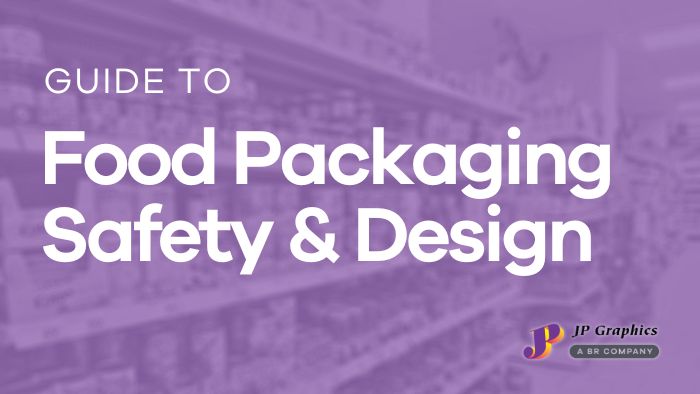
Guide to Food Packaging Safety & Design
In the food industry, nothing is more crucial than maintaining food safety standards. Food packaging printers play a vital role by printing, die-cutting, and gluing packaging that complies with these stringent standards. Companies in the food business must collaborate with packaging printers, like JP Graphics, who adhere to cleanliness, equipment maintenance, and packaging material protocols. But what are the reasons behind these measures, and how can you choose the right packaging for your food product?
The Significance of Food Safe Packaging
Food safe packaging serves as a shield against contamination, product damage, and tampering. Additionally, it contributes to preserving freshness and extending shelf life while ensuring allergen-free products.
Identifying Food Safe Printers
To ensure that your printer follows food safety protocols, look for certifications. Food safety status is granted through rigorous inspections, audits, evaluations, and approvals that award printers with certifications. At JP Graphics, a BR Company, we are proud holders of the AIB International: Nonfood Contact Packaging Manufacturing Certification. This certification demonstrates our dedication to maintaining high standards in printing food packaging without direct food contact. For instance, when we print paper wrappers and boxes for butter, it falls under the category of “Nonfood Contact Packaging.”
Types of Food Packaging
Let’s delve into different types of food packaging:
Prioritizing Food Safety at JP Graphics
JP Graphics, a BR Company, places paramount importance on food safety at our facility. When you choose us as your printer, you entrust us with your brand’s reputation. Partner with a printer you can trust, especially when time is of the essence. We are known for delivering fast and safe food packaging solutions. Contact us today to get food safe packaging without compromising on quality and speed.
